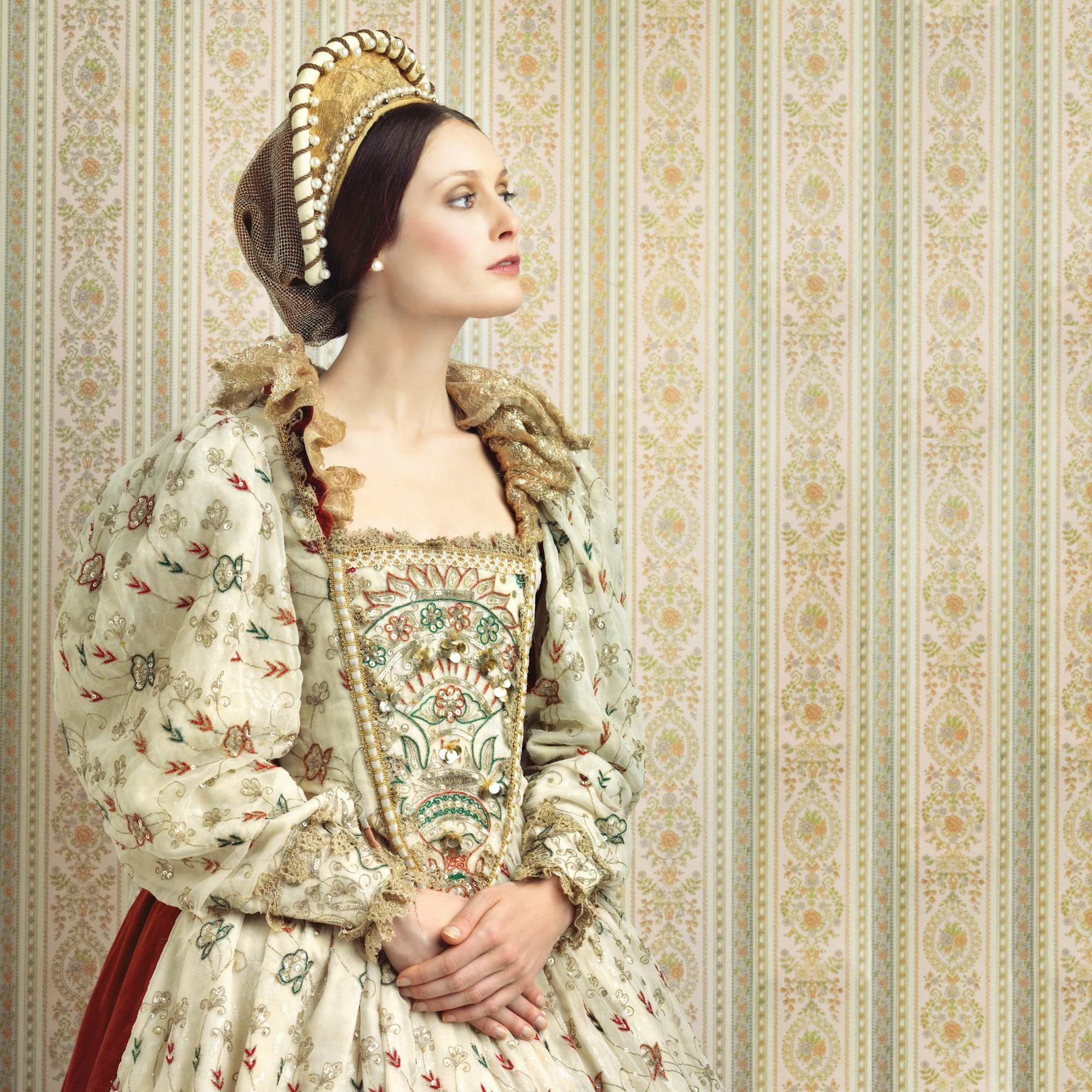How can tourists experience Victorian England through architecture?

As you stroll through London's bustling streets, you may find yourself captivated by the grandness of the city's architecture. It's as if you've been transported to another era – the Victorian era. This period, named after Queen Victoria, is renowned for its architectural grandness, captivating history, and tasteful style. This article will guide you on a journey through time, providing you with a unique opportunity to experience Victorian England through its architectural treasures.
The Victorian Era: A Brief History
If you want to appreciate the architectural wonders of the Victorian era, it's essential to first understand its history. This period, which spanned from 1837 to 1901, was marked by significant technological advancements and societal transformation. These changes greatly influenced the architectural style of the time, culminating in some of the most iconic buildings in London.
Sujet a lire : What are the best UK cities for vegan travelers?
Queen Victoria's reign, the longest in British history, was a period of extraordinary change. Industrialization reshaped the cityscape as new technologies allowed for the construction of larger and more intricate buildings. This era was characterised by a unique blend of styles, reflecting the societal and cultural shifts taking place.
Exploring the Architectural Styles of the Victorian Era
Victorian architecture is a broad term that encompasses a variety of styles. Throughout this period, numerous architectural movements developed and evolved, each with its own distinctive features and characteristics. The three primary styles which dominated the Victorian era include Gothic Revival, Italianate, and Queen Anne.
Dans le meme genre : Which UK seaside resorts are best for a family vacation?
Gothic Revival was a prominent style during the early Victorian period. This style was characterized by pointed arches, intricate detailing, and steeply pitched roofs. Many churches and university buildings were built in this style, providing a sense of grandeur and spirituality.
The Italianate style, popular in the mid-Victorian era, was inspired by the rural villas of Italy. It was characterized by wide eaves, low pitched roofs, and tall, narrow windows. This relaxed, rustic style was commonly used for residential buildings, and can still be seen in many London suburbs.
Finally, the Queen Anne style, popular in the late Victorian period, combined elements of the earlier Gothic Revival and Italianate styles. It was characterized by asymmetrical facades, rounded towers, and expansive verandas. Many public buildings and grand houses were built in this style, offering a sense of regality and sophistication.
Iconic Victorian Buildings in London
London is a city that boasts an abundance of Victorian architectural treasures. From grand museums to simple family houses, each building tells a story of a time long past.
The Victoria and Albert Museum is one such treasure. This grand museum, built during the reign of Queen Victoria, is a magnificent example of Victorian architecture. Its red brick facade, adorned with intricate detailing, is a classic representation of the Gothic Revival style. Each room within the museum is a journey back in time, filled with artifacts and artworks from the Victorian era.
The Painted Hall in Greenwich is another iconic Victorian building. It's considered one of the most beautiful dining halls in the world, with its walls and ceiling adorned with stunning painted scenes. The grandeur and opulence of the Painted Hall offers a glimpse into the wealth and prosperity of the Victorian era.
Discovering Victorian London through guided tours
To truly experience Victorian England, guided tours are highly recommended. These tours provide a unique opportunity to explore the city's architectural gems, while also learning about the history and culture of the Victorian era.
One such tour is the "Victorian London" tour, which takes you on a journey through London's most iconic Victorian landmarks. From the grandeur of Buckingham Palace to the charm of the backstreets of Spitalfields, you'll experience the city as it was during the reign of Queen Victoria.
Another popular tour is the "Jack the Ripper" tour. This tour takes you through the dark and narrow streets of Whitechapel, where the infamous serial killer once roamed. Along the way, you'll discover the Victorian buildings and landmarks that have stood the test of time.
So, as you wander the bustling streets of London, allow yourself to be transported back to the Victorian era. Each architectural treasure tells a story, offering a glimpse into a time of grandeur, innovation, and change. Whether you're a history enthusiast, an architecture lover, or simply a curious traveler, Victorian London awaits to fascinate you with its captivating charm.
The Influence of Social Classes and Industrial Revolution on Victorian Architecture
The Victorian era was a time of profound change, not only in terms of technological advances and societal transformation but also in the way it influenced architectural styles. The rapid industrialisation that marked this period had a dramatic impact on the design of buildings, particularly in urban areas. The progress made in the steel industry, for instance, allowed for the creation of structures of previously unimaginable size and grandeur. This was a time when the middle class was expanding, and their newfound wealth and status were often reflected in the homes they built.
Middle-class families, eager to showcase their elevated status, often chose to build homes in the prevailing architectural styles of the time. The Gothic Revival style, with its arched windows, detailed decorations, and high roofs, was particularly popular among the wealthy. The Italianate style, on the other hand, was more commonly seen in the homes of the burgeoning middle class. These homes often featured tall, narrow windows, wide eaves, and low-pitched roofs, reminiscent of the rural villas of Italy.
The Industrial Revolution also led to the rise of new materials and techniques in construction. The increased accessibility of glass, for instance, led to the widespread use of stained glass windows in Victorian homes. This not only added to the visual appeal of the homes, but also allowed for more natural light to enter, a feature that was much appreciated during the often gloomy English winters.
The Royal family, too, left its mark on the architectural landscape of the era. Many public buildings were built in the Queen Anne style, which combined elements of both Gothic Revival and Italianate styles. These buildings, with their asymmetrical facades and elaborate detailing, were a testament to the opulence of the royal family and the upper classes.
Conclusion: The Continuing Influence of Victorian Architecture
Even though the Victorian era ended over a century ago, the influence of its architectural styles can still be seen in the buildings that stand today. As you stroll through the streets of London, you can't help but marvel at the grandeur of the Victorian buildings, their intricate detailing silently telling stories of a bygone era.
From the grand museums and public buildings to the charming middle-class homes, each Victorian structure offers a glimpse into the life and times of the people who lived during the reign of Queen Victoria. They serve as poignant reminders of a time when society was undergoing a rapid transformation, and the excitement and optimism of the period were reflected in the architecture.
The architectural styles that emerged during the Victorian period, from Gothic Revival to Italianate to Queen Anne, have left an indelible mark on the cityscape of London. They were born out of a time of remarkable change and innovation, and their legacy continues to inspire and influence architectural design today.
Whether you're a history enthusiast, an architecture lover, or just a curious traveler, the Victorian architectural treasures of London offer a captivating journey through time. As you explore these architectural gems, you can experience the magic of the Victorian era, a time of grandeur, innovation, and change. So, come and immerse yourself in the charm and splendour of Victorian London – a city that continues to fascinate, inspire, and enchant.
